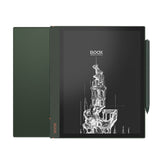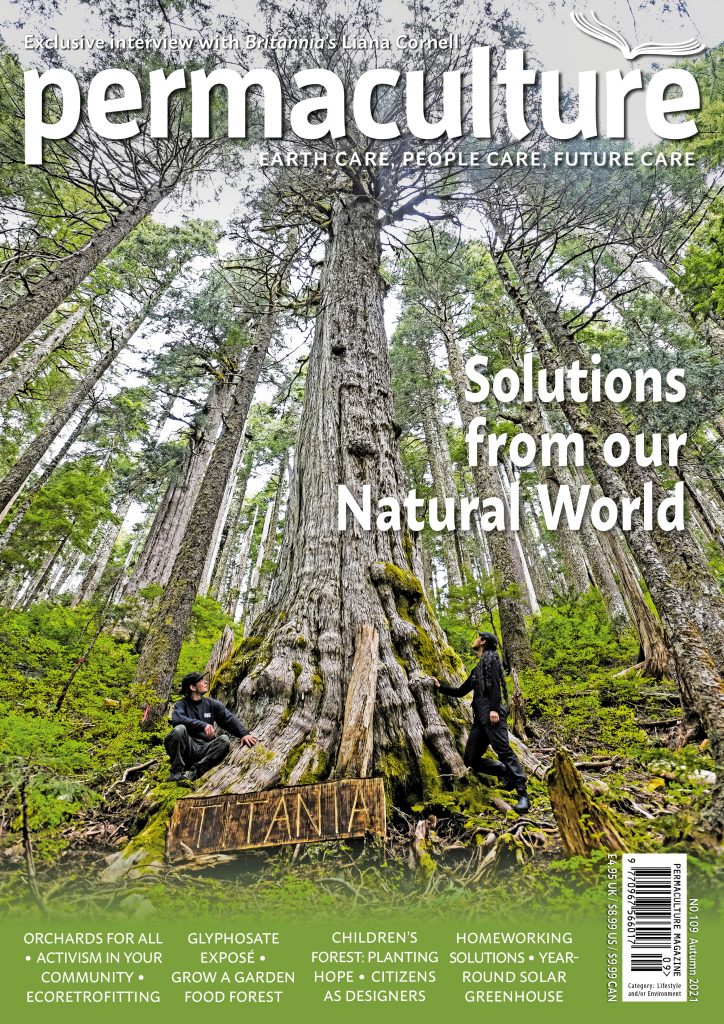Disclaimer: I received this wormery for free so I can trial and review it. Other than being asked to try it I am not an employee of Wiggly Wigglers and my findings have not been influenced - this is my review and exactly how I found things
Setup: 5 / 5
Build Quality: 5 / 5
Looks: 5 / 5
Ease of use: 5 / 5
Summary
This is a very compact and sturdy home wormery that will look as neat in your house and it would outside, taking up less room than some of the more standard tray based systems.
It is very easy to assemble and everything fits together firmly to minimise escapees etc. Notice I said ‘minimise’ - they can still get out and did with me over a few nights but see below for a tip to stop that from happening.
Introduction
I was recently offered the chance to trial and review the latest wormery available from Wiggly Wigglers (for which they are the sole distributors in the UK), and I jumped at the chance, not just because I am inherently nosy but because it is so compact, being another attempt at enabling people to compost at a small scale within the home without taking up too much room or, let’s face it, looking a bit ugly like the standard black plastic ones can if used inside.
The blurb on the Wiggly Wigglers website has all you need to know:
Why Choose the Wiggly Wigglers Compact Worm Farm?
With over 30 years of expertise in sustainable composting, Wiggly Wigglers have teamed up with Plastia who have designed the housing and made it out of recycled plastic. This delivers a tried-and-tested solution that makes worm composting simple, rewarding, and effective. Add a starter pack which includes our composting worms and enjoy the benefits for your garden and the planet. This really simple design integrates seamlessly into your lifestyle and is easy to handle and look after in the tiniest of spaces.
For the full details visit https://www.wigglywigglers.co.uk/products/plastia-worm-farm
The bit that interests me the most I have marked as bold because not having to traipse outside on a cold, dark night is most definitely a bonus, as is the unit being small enough to not take up too much space in a smaller kitchen.
I should say though, that all my previous attempts at inside wormeries have resulted in escapees that can get everywhere (and smell horribly if they then die en masse and the room happens to be warm). It was therefore, with some trepidation that I set this one up (details) below but, alas, it was soon moved to the conservatory on the wife’s orders - the result of previous failed attempts and (she always brings this up) as well as a failed cider making session that resulted in many explosions and me having to mop the ceiling are just never going to be forgotten!!
Unboxing and Setting Up
Two days after being offered the wormery to try, the usual Wiggly Wigglers efficiency was proven again when the box turned up at my door, and a considerably smaller box than I expected at that.
Not just a small box but they also haven’t wasted paper with a separate set of assembly instructions - said instructions are printed on the inside of the box, with each side being a different language. The box is also totally compostable as well once no longer required, so an added bonus for me, as I compost a lot of cardboard.
Inside the box is the kit itself, and inside the kit some extra helpful guides and the worms themselves (I presume that, if you order it, the starter kit will be inside.
Being fairly useless at DIY and having been foxed by even the simplest of flat packs in the past, it did take me a few reads before I made a start assembling it. This is thankfully quite straight forward once you’ve laid out the various components.
Everything clips together easily, and with a satisfying feeling of sturdiness. I kept a close eye on the trays and lid as those possible escapees were playing on my mind but it all looks great and there’s no gaps like some wormeries have between the trays.
It comes with two trays and in either grey or green. As you can see I was sent the green, and I really like it.
I didn’t have a coir block for starting the bedding, and I really would advise including one of the starter packs when ordering as they really help you get going, allowing the worms to settle down and establish that bit quicker. As I didn’t have a coir block I used a mix of shredded paper and cardboard that were dampened with water and left for a bit. This gives the worms a moist start before adding them followed by a SMALL * amount of food waste and some more shredded paper and/or a moisture mat.
* I’ve highlighted small when adding waste to start with as the worms will take time to get going, and the last thing you want is putrefying food waste! Not only can it smell horrible but also alter the pH which can kill the worms.
Hint: Slowly and surely is best when adding food waste but also one of the hardest things to stick to when first starting out.
Here’s a few pictures of possible positions in the kitchen that hopefully give you an idea of size, both with the first tray as a starter and the second once that is full.
As I mentioned earlier. Once set up and some waste added I placed the wormery in an unheated conservatory as I wasn’t allowed them in the kitchen. For the first few nights they did wander and I found a few shrivelled worms every morning but could not for the life of me see how they were getting out!
Emailing Heather to ask how hers managed (as she keeps hers in the kitchen) it turns out I had forgotten another golden rule - ALWAYS leave the lid off in the light for a while. Worms work best in the dark, and as much because they hate the light as anything else. So, leaving the lid off for a bit forces them down into the bedding where they can settle in and get to work in an environment that suits them best. Only once they have buried themselves and can no longer be seen should you add your moisture mat and/or layer of shredded paper/cardboard and fit the lid.
I should have remembered this and it would have saved me some grief (though thankfully not half of the grief that would have come my way if they had been in a warm kitchen!)
We are a few weeks in now and they have settled down nicely, as can be seen by them working the waste.





























